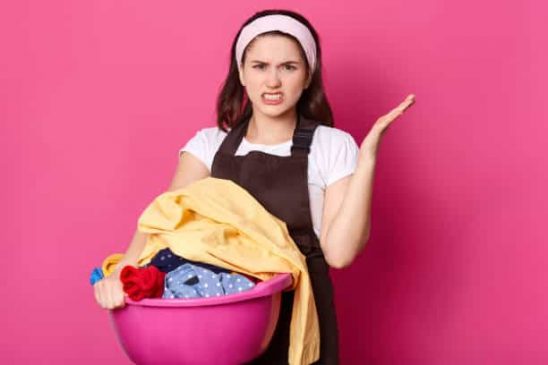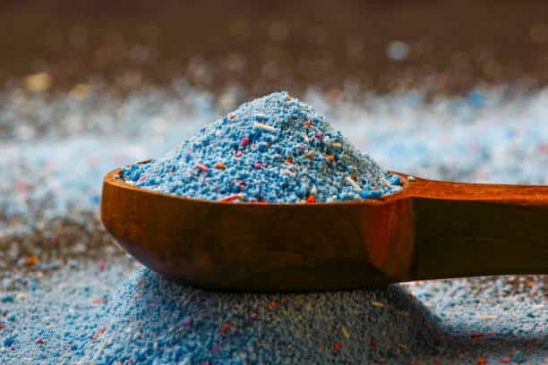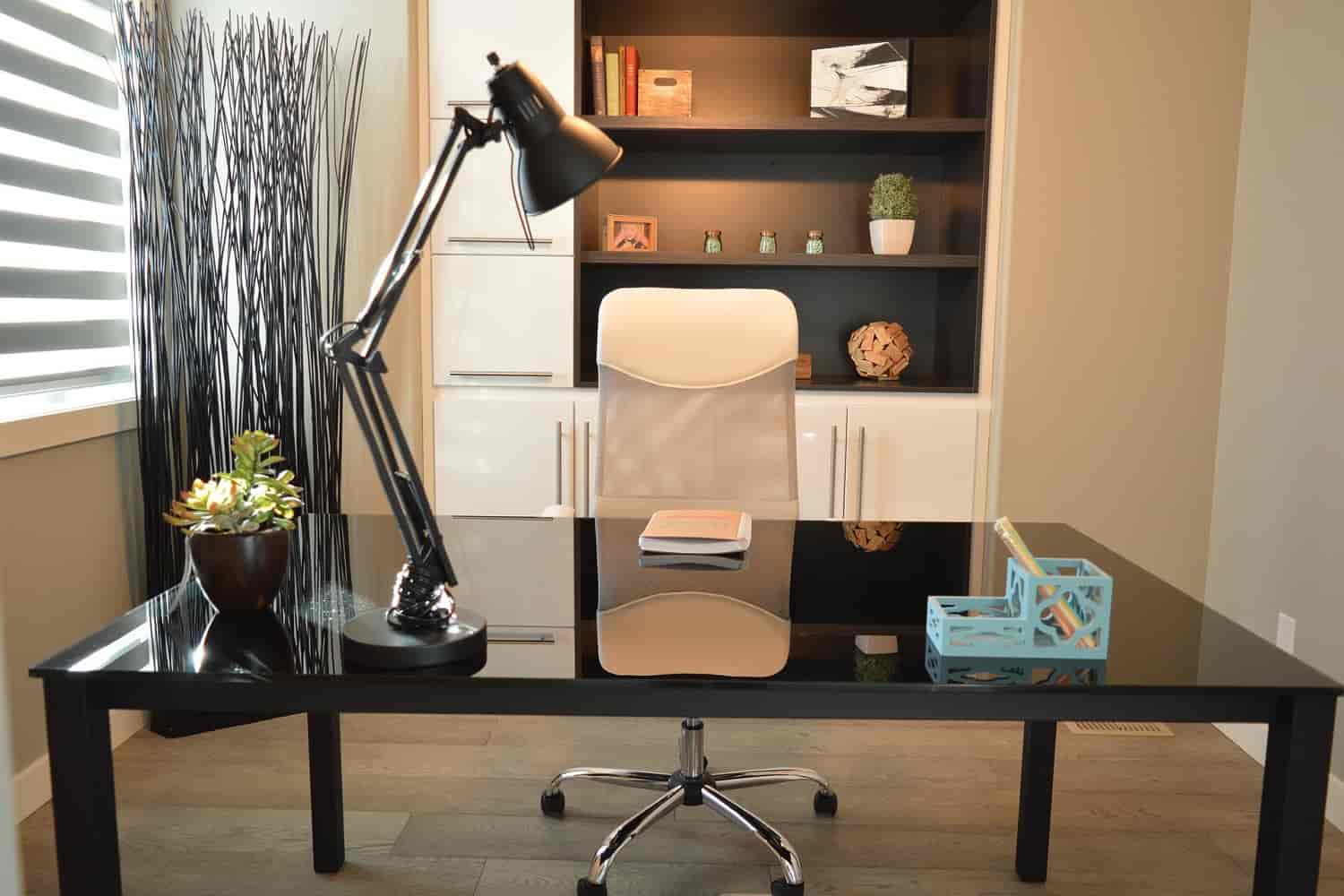Uses for Hydrogen Peroxide is often used to disinfect cuts and scratches, but its applications are far more wide-ranging. Its antimicrobial and oxidizing properties make it an inexpensive, nontoxic alternative to many personal health and cleaning products. Here are ten practical ways to use ordinary over-the-counter 3% hydrogen peroxide.
1. Toothpaste

Homemade baking soda and hydrogen peroxide toothpaste kill bacteria in your mouth while whitening your teeth and freshening your breath. Mix two tablespoons of baking soda with one tablespoon of hydrogen peroxide. If you prefer minty-tasting toothpaste, add a few drops of peppermint extract. Store the paste in a lidded jar. It will keep for up to a month.
2. Laundry whitener

When you’re laundering a load of whites, add a cup of hydrogen peroxide to the washing machine to remove perspiration stains and brighten dingy clothes. To remove blood or grass stains from white fabrics, dab hydrogen peroxide directly onto the discolored area and leave it to work for half an hour before washing. Note that hydrogen peroxide may bleach the dye out of colored fabrics.
3. Pet odor remover

If your pet has had an accident on the carpet, the oxidizing action of hydrogen peroxide can stop the odor from lingering. Mix two teaspoons of baking soda and two teaspoons of dish soap into two cups of hydrogen peroxide. Blot up as much urine as possible before pouring the solution over the pet stain. Please leave it soak into the carpet overnight, then blot up the remaining liquid. Hydrogen peroxide may bleach colored carpets, so test it on a small, hidden spot before using.
4. Grout cleaner

Grout between floor tiles or bathroom tiles can become dirty, discolored or moldy. Make a grout-cleaning paste by combining hydrogen peroxide with three parts baking soda. Use an old toothbrush to scrub the mixture into the grout. Leave the solution to work for an hour, then rinse it away with a wet mop or sponge.
5. Hair highlighter

Wash, condition and towel-dry hair before beginning. For overall lighting, fill a spray bottle with equal water and hydrogen peroxide. Spritz over hair, leave for 15 minutes, then rinse. Alternatively, separate small hair strands and highlight them using a cotton bud dipped in hydrogen peroxide. The bleaching effect of hydrogen peroxide can add natural-looking highlights to hair.
6. Disinfectant

Who can use hydrogen peroxide to clean and disinfect kitchen and bathroom surfaces? Fill a spray bottle with equal amounts of hydrogen peroxide and water. Spritz onto countertops, cutting boards, sinks, toilets and anywhere else germs may linger. Please leave it to work for a few minutes, then wipe it off. You can also clean smelly sponges by soaking them in hydrogen peroxide and water.
7. Mold remover

Mold is a common problem in damp areas such as bathrooms and basements. Wear rubber gloves to protect your hands. Hydrogen peroxide is an effective mold killer. Fill a spray bottle with hydrogen peroxide and saturate the mold. Please leave it bubble away for about 15 minutes, then wipe the mold from the surface with a damp cloth.
8. Pan cleaner

Hydrogen peroxide can help remove baked-on food and grease from pots, pans and cookie sheets. Pour some hydrogen peroxide into a bowl and add enough baking soda to make a paste. Rub it onto the dirty surface and leave it to work for at least 30 minutes. The cleaning solution absorbs the gunk, making it easier to wash away.
9. Foot fungus remedy

Hydrogen peroxide is an antifungal agent that can effectively treat athlete’s foot and fungal toenail infections. After showering in the morning, dip a cotton ball in hydrogen peroxide and apply it to the affected area. Every evening soak your feet for 20 minutes in a solution of one part hydrogen peroxide and two parts water. Spraying the bottom of your shower with hydrogen peroxide will reduce the chances of reinfection.
10. Gardening aid

Hydrogen peroxide has several applications in the garden. Water plants with a solution of one tablespoon of hydrogen peroxide mixed into one quart of water. It will aerate the soil and deliver oxygen to the roots. The same solution will help planted seeds to sprout faster. If your garden vegetables become infested with spider mites, spray them with 1/4 cup hydrogen peroxide mixed into a quart of water.















